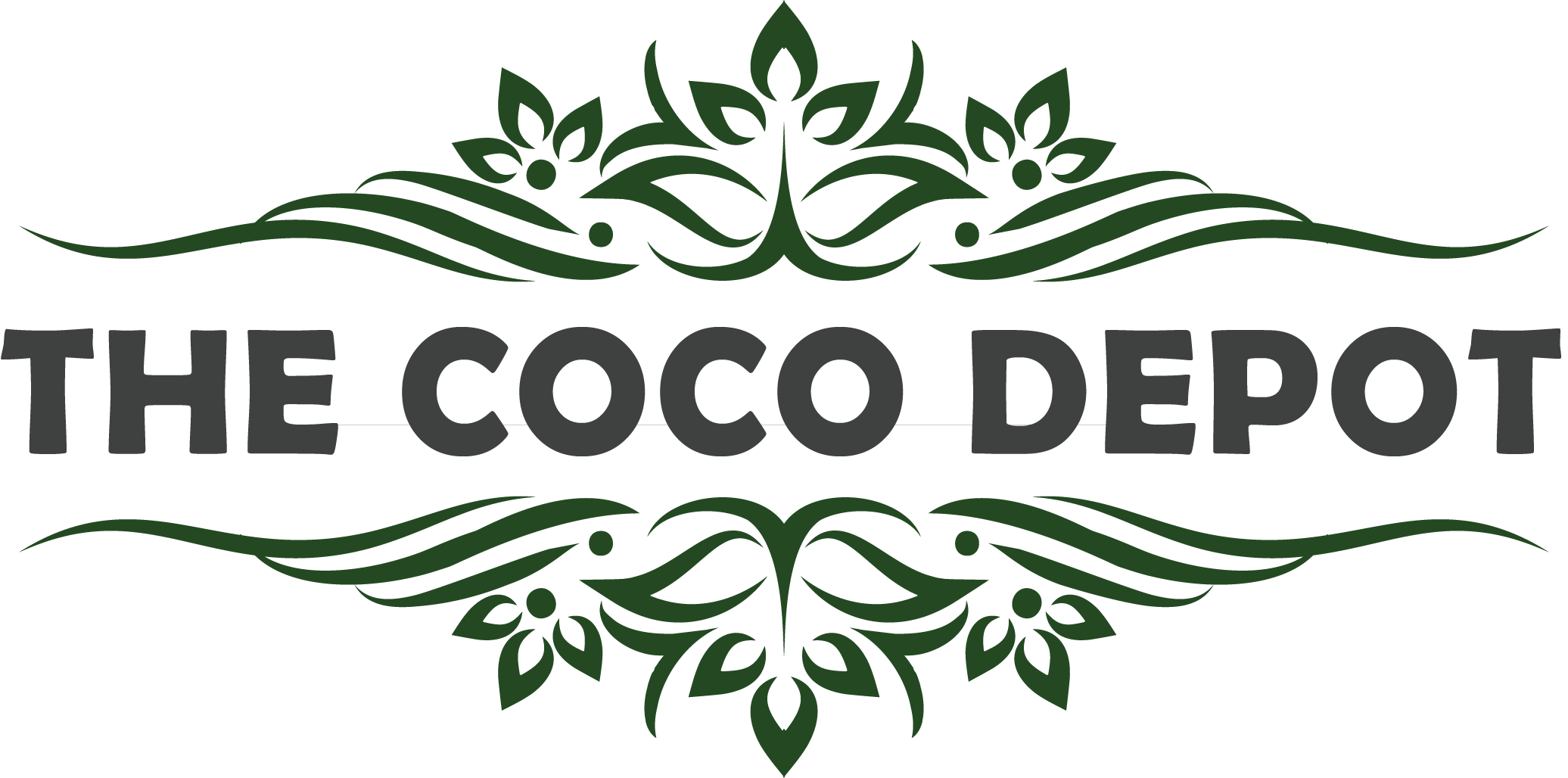Coco peat is a versatile growing medium for indoor, outdoor and hydroponic systems. You can grow fruits, flowers, and vegetables in coco peat as a soil alternative. It delivers excellent water retention, drainage and aeration as a grow substrate.
It forms a valuable aid for hobbyist and professional gardeners, and used as substrate for microgreens grown in limited space areas such as rooftop and balconies.
Coco peat comes in the form of compressed blocks which on deep hydration can be deployed for multiple purposes.
You can pour in pure water into the container with a compressed block to expand it and make it available for planting.
After complete hydration, you can choose on how-when-where to use it.
Indoor grow
Due to excessive moisture retention and excellent aeration, coco peat best suits for houseplants. It gives off loose, smooth texture to ensure the water intake is dispersed freely and air is circulated uniformly.
Indoor plants like herbs, shrubs, succulent plants, sustains coco peat as primary grow medium while it also requires a mix of coarse material like perlite, pumice to make it into a natural soil.
Outdoor Gardening
Coco coir facilitates garden hydration and drainage issues.
It is mainly used as a replacement for peat moss in garden grow.
When using coco coir in gardening, always make a prior mix of coir and soil/potting mix to create an ideal grow environment, i.e., 4:6 (4 part of coir, 6 part soil)
Likewise,clay soil having a high tendency of moisture hold will require less coir composition to create lighter, and higher chances of drainage, while sandy soil requires a significant amount of coir mixture to retain moisture.
Since coco coir lacks nutrients required for the optimal plant growth, mind to use essential nutrients as supplements in any kind of growing you prefer.
All in all, coco coir is hardly classified for their role of function as
Soil Amendment
While being in a garden or house plant, coco peat needs to be mixed with soil to call it a Soil Amendment. It increases water holding ability and loosen up the soil. It is essentially recommended to mix coir to potting mix from 20-50%.
This way, coir helps clay soil to drain better, and sandy soil to hold more water.
Soil Alternative
In absence of soil, coco peat is suggested to mix with other grow mediums to create a blend to help compensate nutrient lack and low CEC. It is also recommended to mix the peat with coarse material like perlite in 50-50 ratio to reduce blend holding capacity and expandable clay to provide good drainage.

